That toshiba 2.54mm SOP8 is definitely a weird example, but I think it's fundamentally a JEDEC MS012 (SOIC 16 Narrow) with a custom leadframe that omits pins 2, 4, 6, 8, 9, 11, 13, 15, and has a slightly smaller body. If you sit this part on a standard SOIC 16 footprint, I bet it fits right in. I've seen optocouplers with this kind of arrangement. All IC vendors I have ever encountered publish their own package drawings, often incorporating references to JEDEC standards where possible. This is essential because the manufacturer is responsible for the actual leadframe and epoxy molding designs. If you compare package drawings from multiple vendors you'll notice minor variations, sub-mm. Usually packaging advancements are not driven by JEDEC, but are standardized only after the first or second manufacturer gets some successful design wins with the new package.
Over the years I've learned the hard way to always look at the package drawings, especially the lead pitch and body width. The early days of surface-mount packaging had "Small Outline" in both 0.150 inch and 0.300 inch, since 0.300 inch was the standard for narrow DIP. Sometimes when repackaging an IC for an SO package, the die size is too large to fit into the 0.150 inch "SO Narrow" package, so the "SO Wide" was used. It took awhile for the naming to get sorted out, so many older datasheets are very loose about what "SO" means. Same kind of thing happened with the move to SSOP, there was initial uncertainty about which lead pitch would win, so there are 0.65mm and 0.5mm, and even some 0.8mm SSOP out there -- not many, but just enough to cause trouble.
